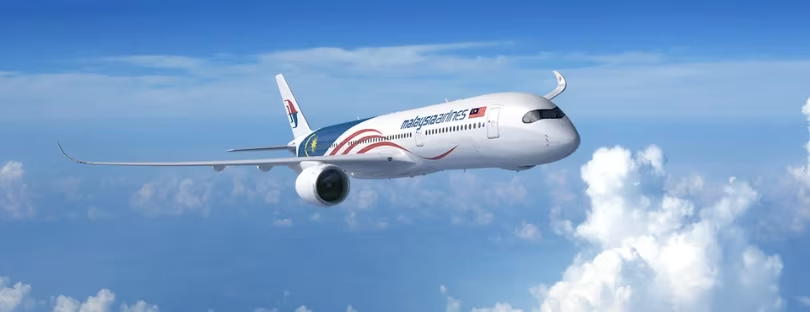
Contactless Technology and Its Role in Post-Pandemic Travel
The rise of contactless technology in travel is not a new phenomenon, but the COVID-19 pandemic has undeniably accelerated its adoption. Before the pandemic, the use of contactless technology in travel was primarily driven by convenience. Contactless payments, mobile boarding passes, and self-service kiosks were all gaining popularity due to their ability to streamline the travel process.
With the onset of the pandemic, the focus shifted from convenience to safety. As businesses and consumers looked for ways to reduce physical contact and potential transmission of the virus, contactless technology became a critical tool.
Contactless Technology in Action
Many airports and airlines turned to contactless technology to help facilitate safer travel. For instance, automated check-ins and bag drops, biometric boarding, and mobile boarding passes became increasingly common. These technologies not only reduce the need for physical contact but also helped to streamline the overall travel process.
Hotels also embraced contactless technology in response to the pandemic. Mobile check-in and check-out, digital room keys, and contactless payments became the norm. Moreover, hotels started using AI-powered chatbots for customer service to reduce face-to-face interactions.
The Long-Term Impact of Contactless Technology
Even as the world begins to recover from the pandemic, the impact of contactless technology on the travel industry is expected to be long-lasting. Travelers have become accustomed to the convenience and safety that contactless technology offers and this trend is likely to continue.
Moreover, the pandemic has highlighted the need for the travel industry to be agile and adaptable. Contactless technology not only helps to increase efficiency but also allows for greater flexibility in the face of unforeseen circumstances.
The Future of Contactless Technology in Travel
Moving forward, we can expect to see even more adoption of contactless technology in the travel industry. The focus will likely be on improving the user experience and streamlining the travel process. Innovations such as AI-powered services, biometric identification, and IoT-enabled luggage tracking are all potential areas of growth.
Overall, the role of contactIess technology in post-pandemic travel is clear. It has become an essential part of the travel process, enhancing both safety and convenience for travelers.









